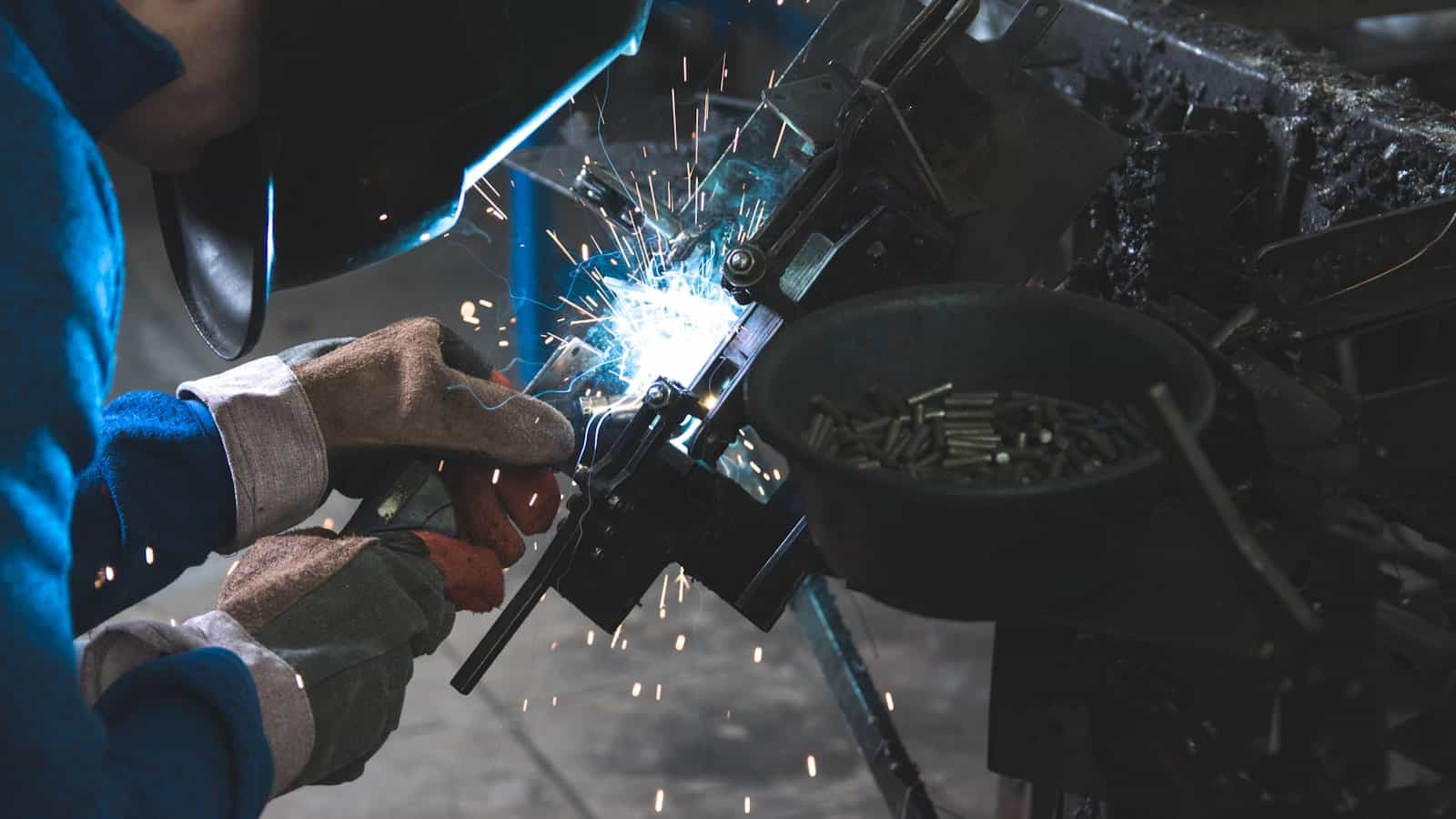
PCB Assembly Blog
-
What is metal PCBs?
Posted by
–
 Read more: What is metal PCBs?
Read more: What is metal PCBs?How Metal PCBs Differ from Traditional PCBs Substrate Material The primary difference between metal PCBs and traditional PCBs lies in the substrate material. While traditional PCBs use an FR-4 substrate, which is a glass-reinforced epoxy laminate, metal PCBs use a metal substrate, typically aluminum or copper. The metal substrate provides […]
-
What is a PCB military?
Posted by
–
 Read more: What is a PCB military?
Read more: What is a PCB military?Introduction to Military PCBs PCB, which stands for Printed Circuit Board, is a fundamental component in modern electronics. These boards are used in a wide range of applications, from consumer gadgets to industrial equipment and even in military systems. In the context of military applications, PCBs play a crucial role […]
-
What are the advantages of PCB antenna?
Posted by
–
 Read more: What are the advantages of PCB antenna?
Read more: What are the advantages of PCB antenna?Introduction to PCB Antennas A printed circuit board (PCB) antenna, also known as a microstrip antenna, is a type of antenna that is fabricated using printed circuit board technology. PCB antennas are widely used in wireless communication devices due to their low profile, low cost, and ease of integration with […]
-
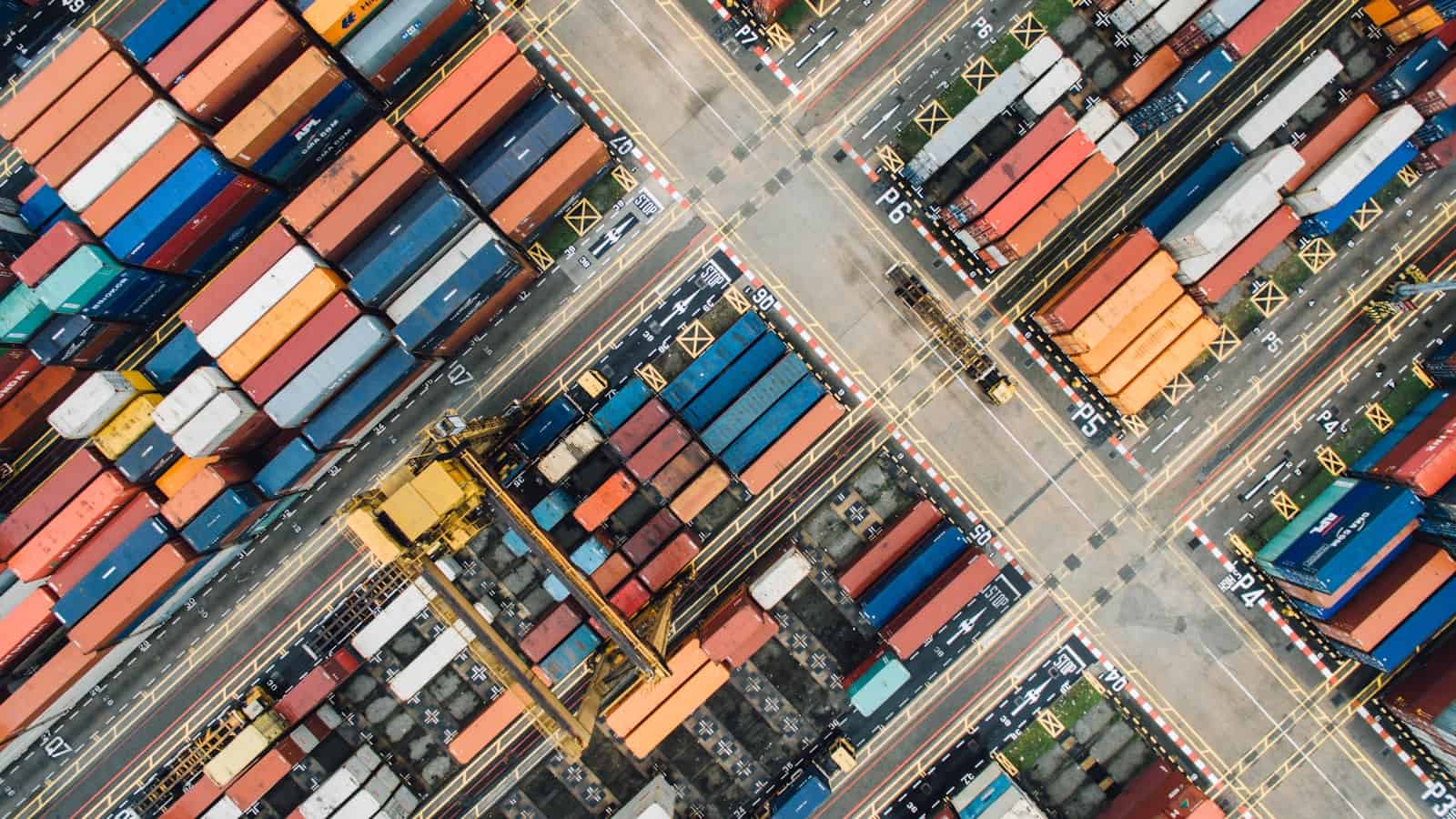 Read more: Advanced industrial pcb assembly Manufacturer – RayMing Technology
Read more: Advanced industrial pcb assembly Manufacturer – RayMing TechnologyIntroduction to Industrial PCB Assembly Industrial PCB assembly is a crucial process in the manufacturing of electronic devices and equipment used in various industries, such as automotive, aerospace, medical, and telecommunications. PCB, short for Printed Circuit Board, is the backbone of modern electronics, providing a platform for interconnecting electronic components […]
-
What is a BOM in PCB Design?
Posted by
–
 Read more: What is a BOM in PCB Design?
Read more: What is a BOM in PCB Design?Introduction to PCB BOM In the world of printed circuit board (PCB) design, the term “BOM” is frequently used. BOM stands for “Bill of Materials,” and it is a crucial document that lists all the components required to manufacture a PCB. A well-prepared BOM ensures smooth communication between the PCB […]
-
What is the dielectric constant of a PCB?
Posted by
–
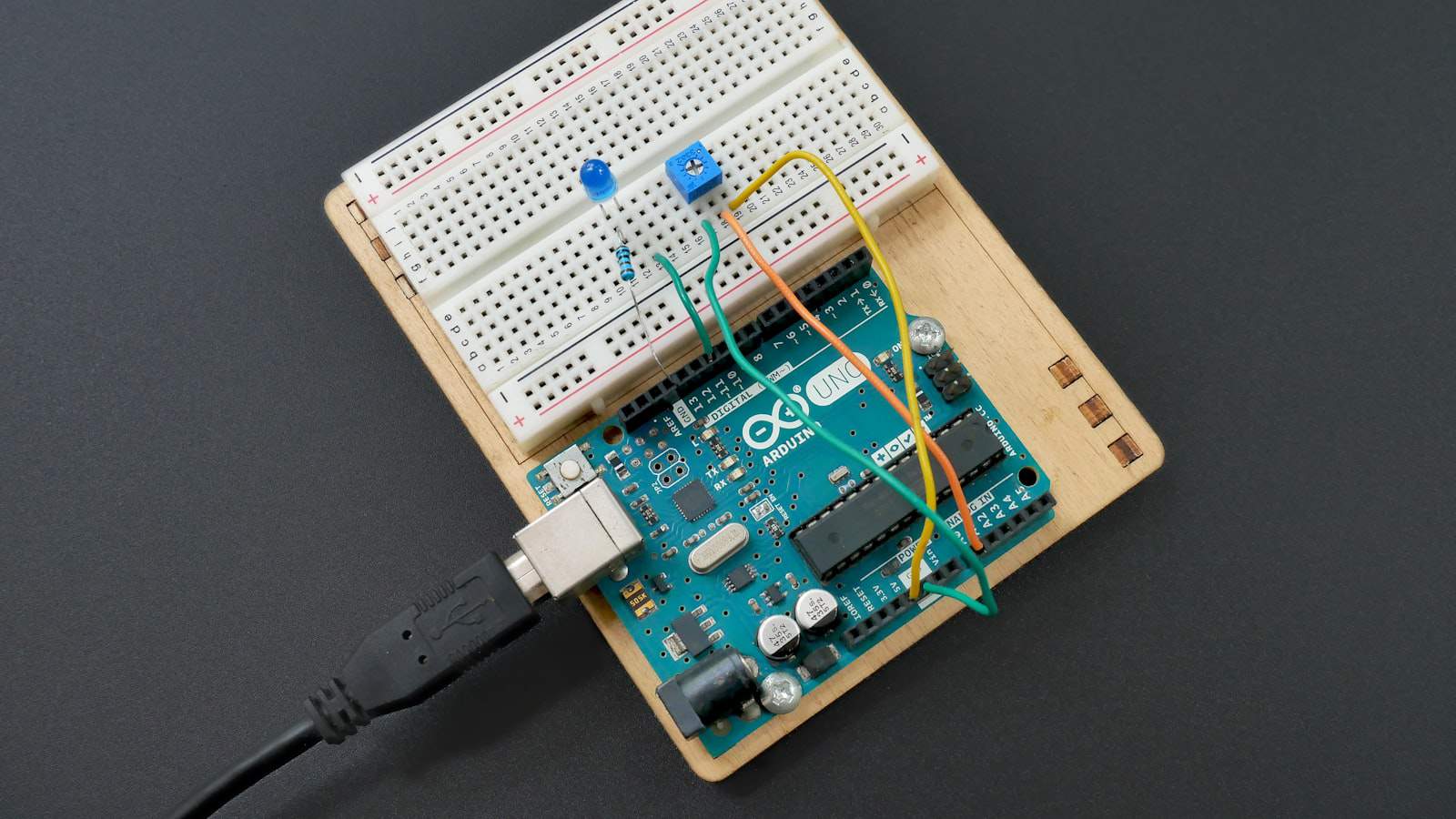 Read more: What is the dielectric constant of a PCB?
Read more: What is the dielectric constant of a PCB?Introduction The dielectric constant, also known as the relative permittivity, is a critical property of the insulating materials used in printed circuit boards (PCBs). It plays a significant role in determining the electrical performance and signal integrity of PCBs, especially at high frequencies. In this article, we’ll dive deep into […]
-
What is PCB insulation?
Posted by
–
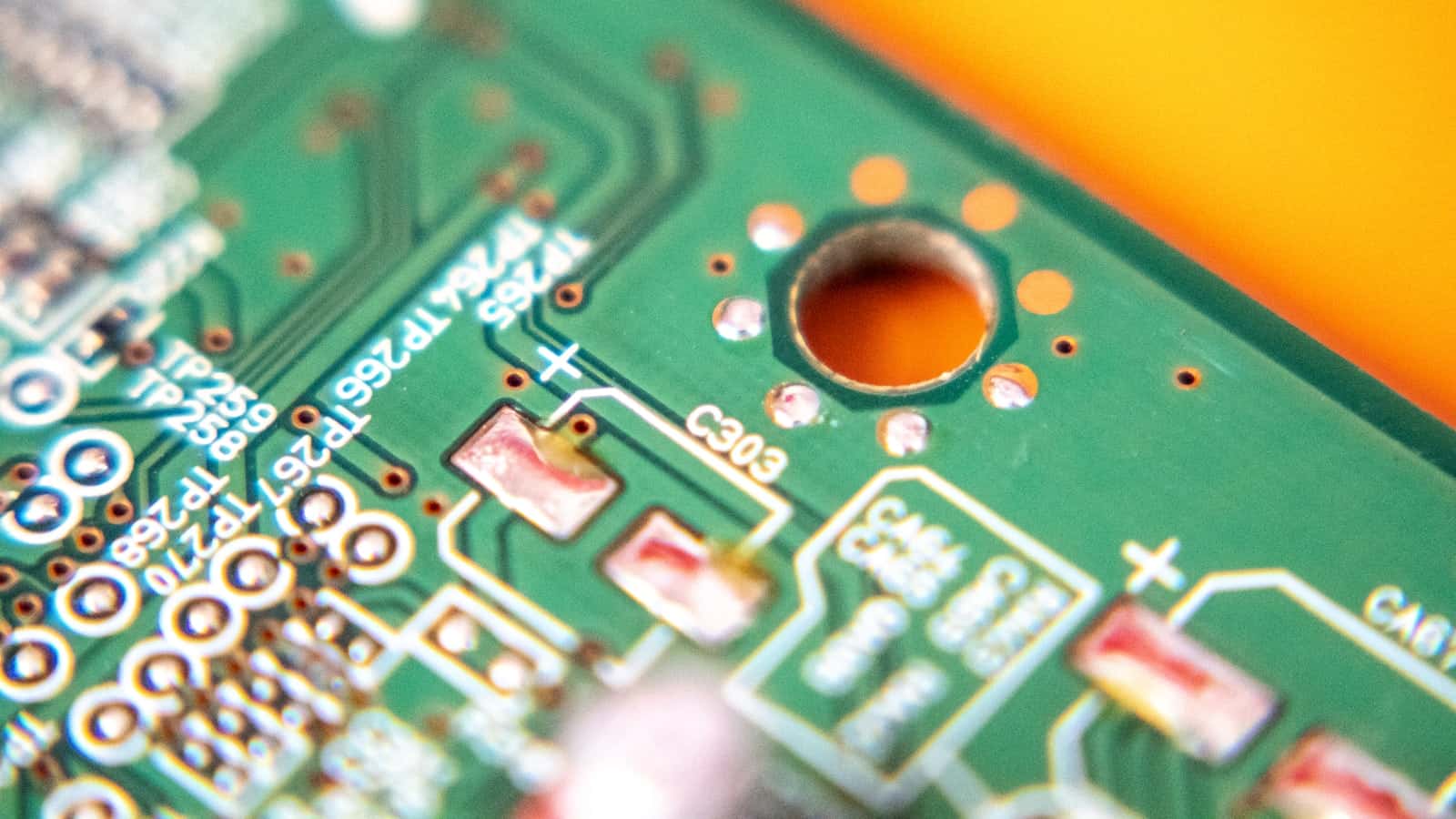 Read more: What is PCB insulation?
Read more: What is PCB insulation?Table of Contents Introduction to PCB Insulation Types of PCB Insulation Materials 2.1. FR-4 2.2. Polyimide 2.3. PTFE (Teflon) 2.4. Ceramic 2.5. Other Insulation Materials Properties of PCB Insulation Materials 3.1. Dielectric Constant 3.2. Dielectric Strength 3.3. Thermal Conductivity 3.4. Coefficient of Thermal Expansion (CTE) 3.5. Moisture Absorption PCB Insulation […]
-
What is a PCB Netlist?
Posted by
–
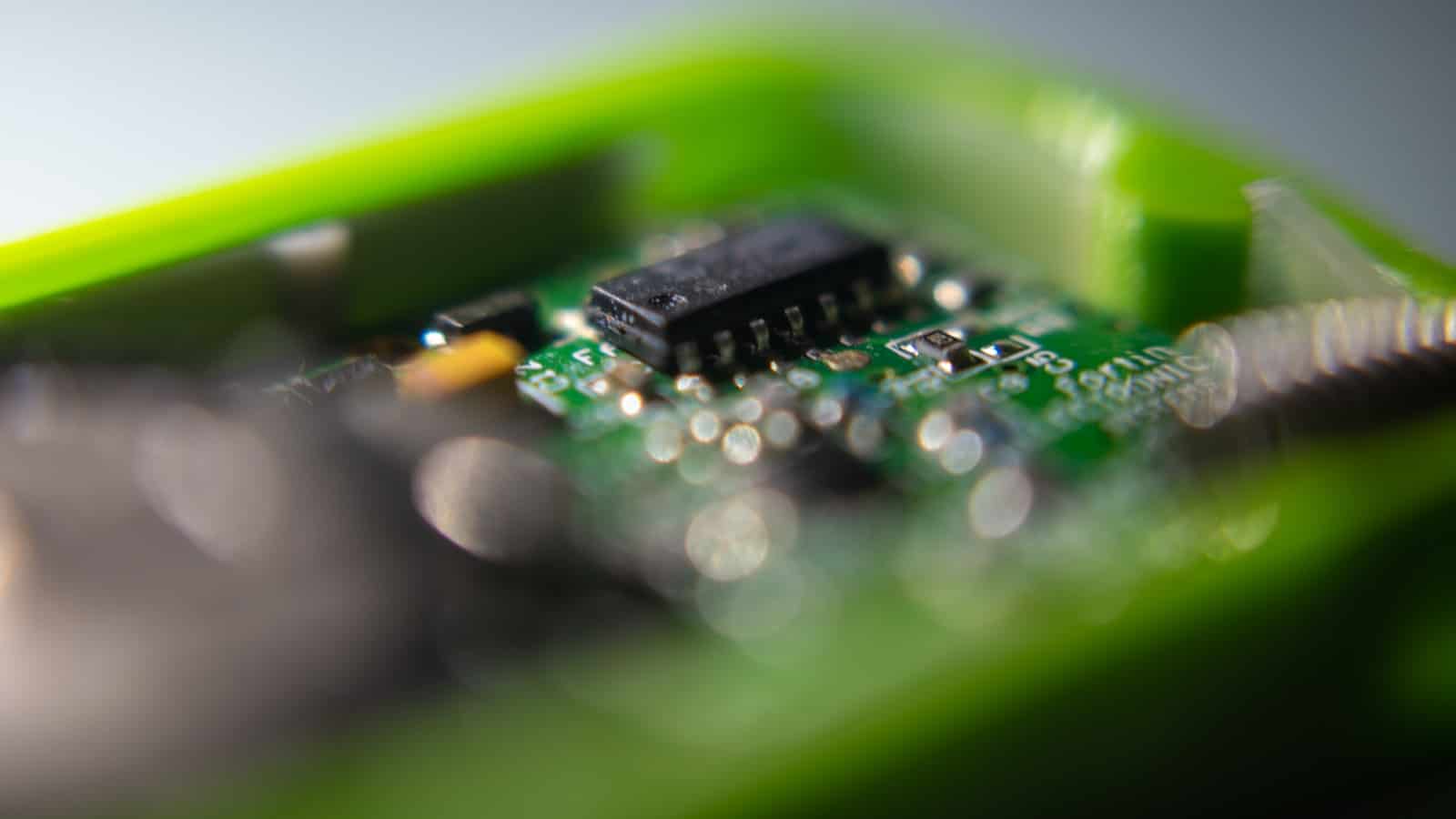 Read more: What is a PCB Netlist?
Read more: What is a PCB Netlist?Table of Contents Introduction to PCB Netlists Components of a PCB Netlist Netlist Formats Creating a PCB Netlist Importance of PCB Netlists in the Design Process Netlist Verification and Validation Frequently Asked Questions (FAQ) Conclusion Request PCB Manufacturing & Assembly Quote Now Introduction to PCB Netlists A netlist is a […]
-
PTFE vs FR4 PCB Laminate Materials
Posted by
–
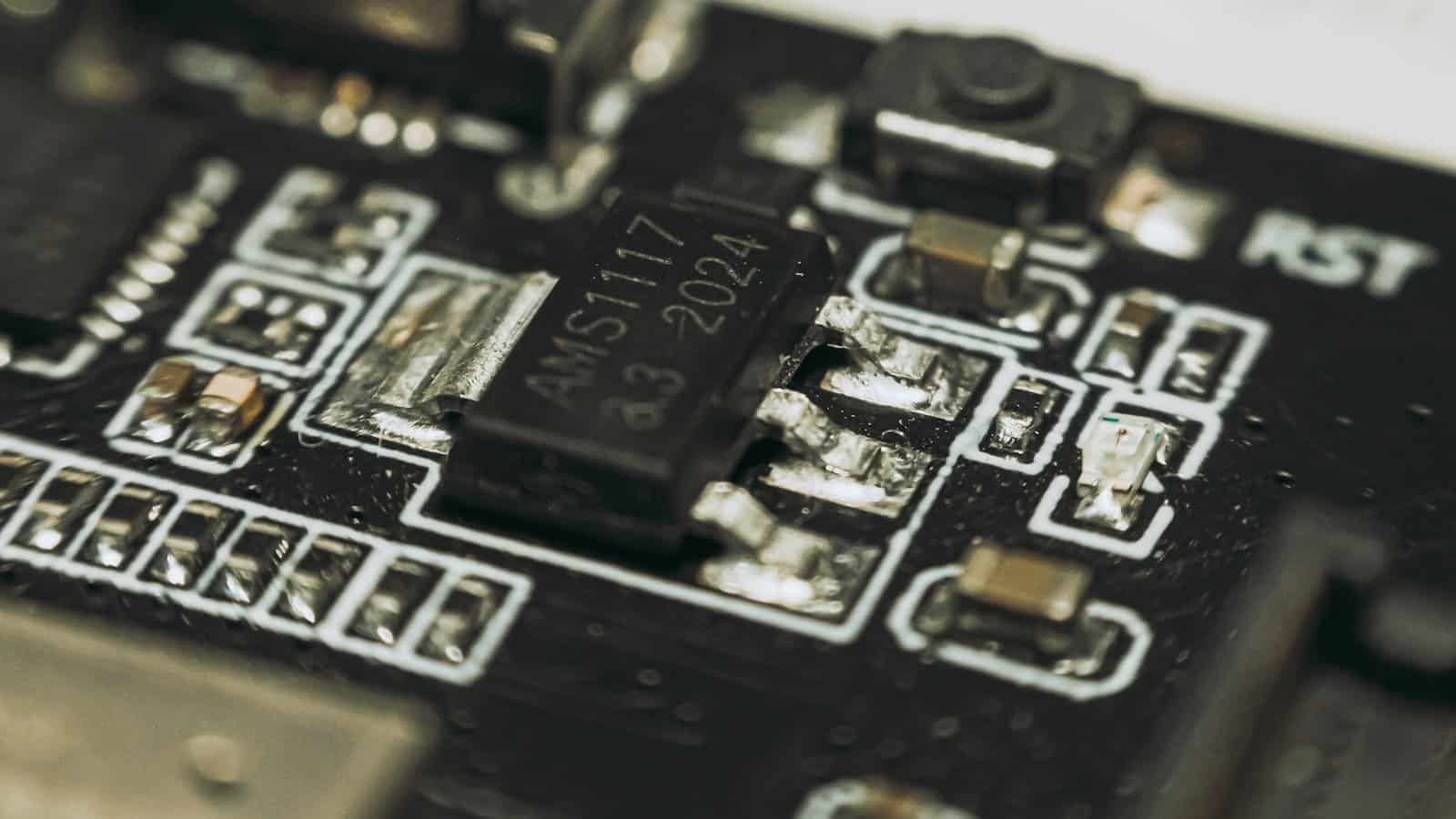 Read more: PTFE vs FR4 PCB Laminate Materials
Read more: PTFE vs FR4 PCB Laminate MaterialsIntroduction to PCB Laminate Materials Printed Circuit Boards (PCBs) are essential components in modern electronic devices, providing a platform for mounting and interconnecting electronic components. The choice of PCB laminate material plays a crucial role in determining the performance, reliability, and cost of the final product. Two popular laminate materials […]
-
What is rigid flex PCB Stackup?
Posted by
–
 Read more: What is rigid flex PCB Stackup?
Read more: What is rigid flex PCB Stackup?Understanding the Basics of Rigid Flex PCB Stackup Rigid PCB Layers A rigid flex PCB stackup typically consists of several rigid PCB layers, which are made from a solid substrate material, such as FR-4. These layers provide structural support and house the majority of the electronic components and circuitry. The […]




